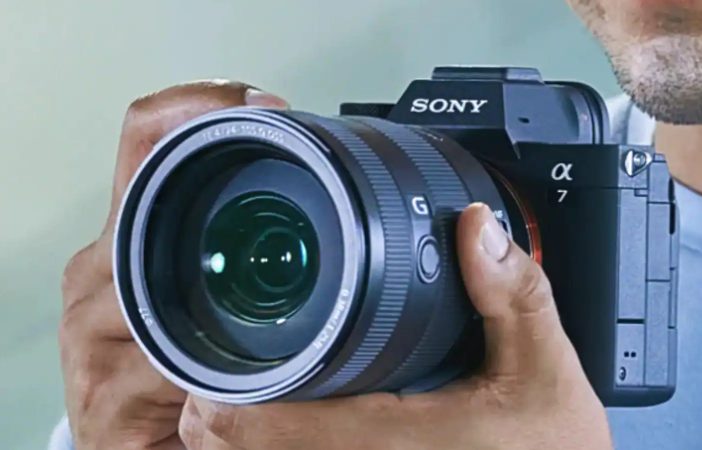Countless camera manufacturers have phased out traditional digital single-lens reflex (DSLR) camera models in what can only be described as the end of an era for these shooters. The photography industry is now ushering in the age of mirrorless cameras, which offer a host of benefits over their traditional DSRL predecessors.
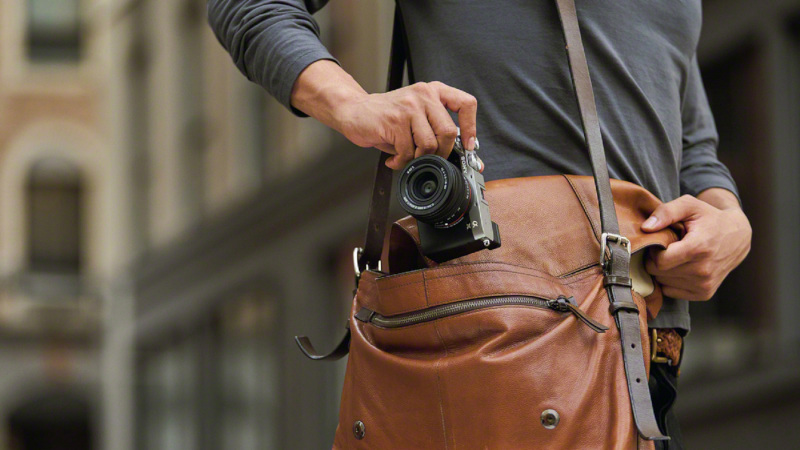
Mirrorless cameras introduce better autofocus, rapid-fire shooting, and more computing horsepower for photographers. Mirrorless cameras have propelled photography away from a core design that dated back to the film era, some of which relied on an internal ‘reflex’ mirror to bounce light from the lens onto a viewfinder so photographers could compose their shots.
PriceCheck tip: Set up your own home studio with a range of photography studio items, inluding ring lights, tripods, studio boxes, and more.
The newly introduced mirrorless cameras offer photographers various features in a smaller and more compact build and are ideal for shooting beautiful movies and photography. In addition, these devices are future-proof, with camera manufacturers designing more advanced lenses and technology that promises better performance and build quality.
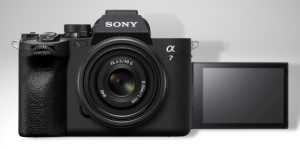
Sony Alpha 7 IV
Here’s why mirrorless cameras are the future of photography in South Africa.
The mirror
Mirrorless cameras are significantly different from their DSRL predecessors. For example, while DSLRs use a mirror to reflect an optical image into the viewfinder, mirrorless cameras take a different approach. Instead, they display the image captured by the camera sensor to create an electronic image displayed on an electronic viewfinder (EVF) – allowing the photographer to see what the camera focuses on in ‘live view’.
Manufacturers like Sony are constantly finding ways to enhance the capabilities of mirrorless cameras, such as introducing sensors that are up to 10-times larger than the size of smartphone camera sensors. This ensures that better images turn out and that every aspect of the photographer’s imaging is enhanced thanks to more pixels, better low-light sensitivity, and a wider dynamic range.
See the change in real-time
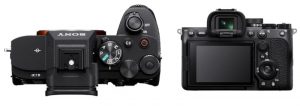
Sony Alpha 7 IV
Another big plus when choosing a mirrorless cameras is that whatever adjustments photographers make to their camera settings can be seen in real-time before they press the shutter. Without a mirror to reflect what the photographer sees, mirrorless cameras can use an EVF to display an image based on what the camera sees.
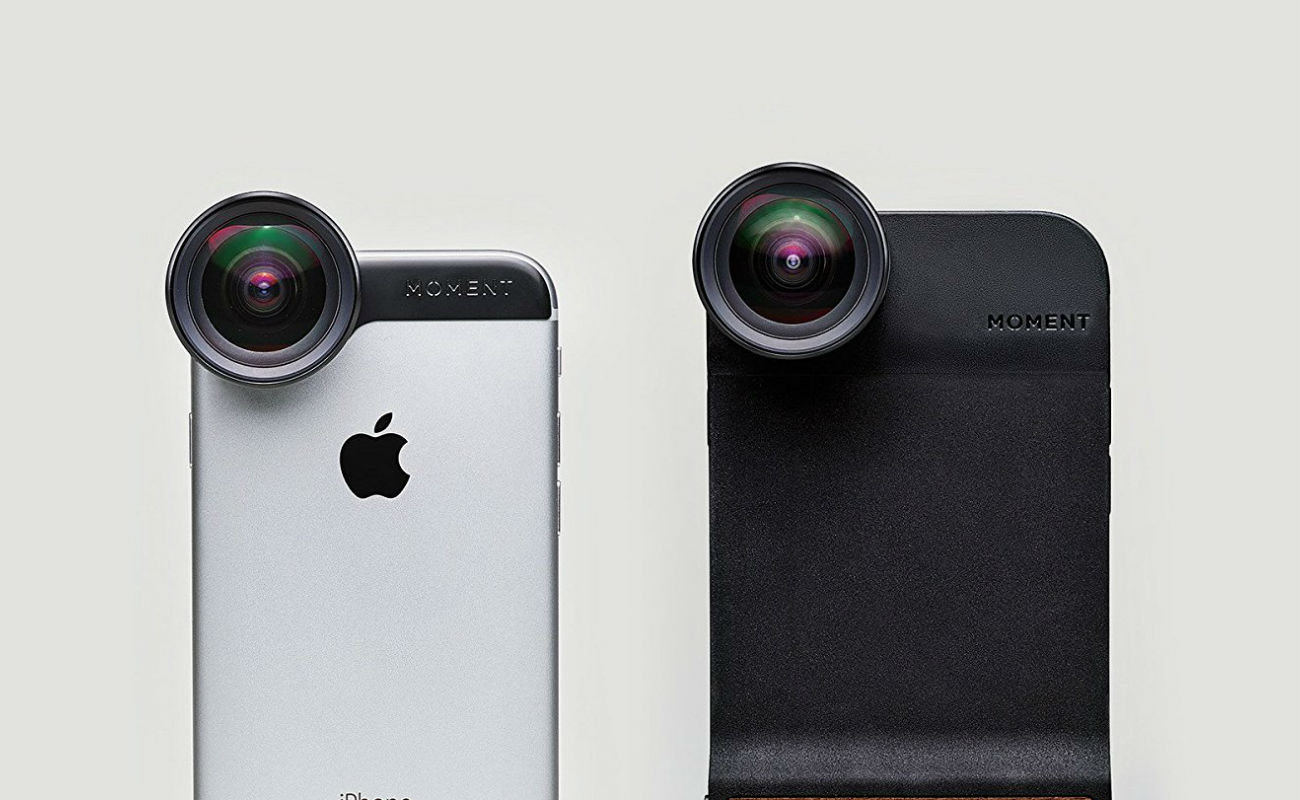
That allows photographers to see how changing the shutter speed or aperture will affect their shot before pressing the shutter. If the photographer isn’t happy with how the photo looks through the viewfinder, they can make changes and see how those adjustments affect their picture in real-time.
Autofocus
Mirrorless cameras also feature countless more focus points, which run closer to the edges. As a result, the autofocus systems on these cameras can track objects, people, or animals much more effectively.
That also means autofocus on mirrorless systems is much quicker because it can take effect without requiring a mirror to move out the way. Photographers benefit from super-quick, continuous autofocus speeds that can lock onto moving objects using multiple focus points.
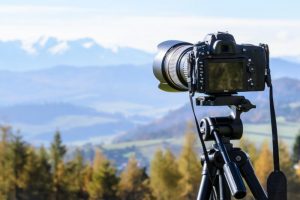
Size
Because mirrorless cameras don’t need a large mirror setup, their designs can be more compact and lighter than their historic DSLR counterparts. That makes mirrorless cameras ideal for photographers who travel a lot.
The shorter distance between the mount of the lenses and the camera sensors, together with the fact that there’s no mirror, means mirrorless camera manufacturers can produce smaller, lighter cameras without compromising on functional usability.
Today’s range of mirrorless cameras, like the Sony Alpha 7 IV, take imaging to an entirely new level and point to an exciting future for photography. These devices are as powerful as professional cameras but are smaller and easier to use. They also turn everyday shots into beautiful movies and photography thanks to their far larger image sensors, bright lenses, and wider dynamic range.

